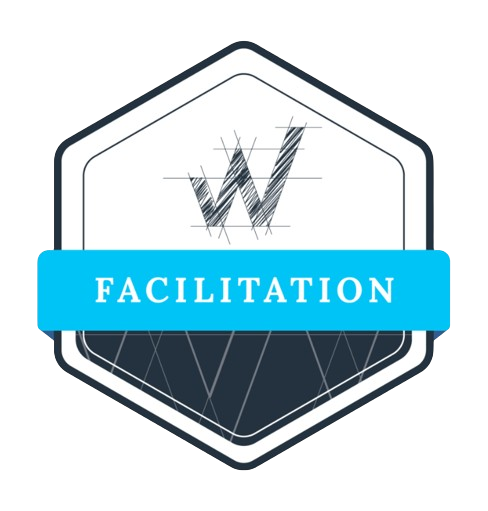The open standards outlined here can be applied to any recurring revenue business in order to drive sustainable growth, using scientific frameworks and data-derived models. Think of these frameworks as the formulas that help your Revenue teams move away from working as siloed functions of Marketing, Sales, and Customer Success, and instead become one Revenue team — all using the same operating model, the same frameworks, the same language.
Download the paper for the complete view of the the mathematics and frameworks that prove these concepts, and for the suggested actions for Revenue leaders.
Summary Points:
- The growth patterns of modern-day recurring revenue business models are unique from traditional business models; the typical ‘sales funnel’ framework does not apply to the unique needs of recurring revenue businesses.
- To achieve recurring revenue, companies must deliver recurring impact to their customers. A common operating system across Sales, Marketing, and Customer Success is needed to drive sustainable growth.
- The majority of the customer lifetime value comes after the initial sale, yet many leadership teams overlook the importance of CS motions in recurring revenue to successfully onboard, renew, and grow their existing customer base.
- Success in optimizing revenue and increasing productivity includes the alignment of all GTM teams to a common methodology, framework, metrics, and language, in order to deliver the best possible customer experience.
Key Findings:
Finding 1. In addition to driving retention, CS drives Recurring revenue is not exclusive to SaaS companies. The principles of recurring revenue apply to any business where they do not make a profit on the customer’s first purchase, and therefore need to continue to sell and provide recurring impact to the customer over time.
Finding 2. Businesses can successfully utilize multiple business models at the same time. Businesses typically are successful when they rely on one model until around $10-20M in revenue, at which point they often expand and deploy additional business models to drive additional revenue streams.
Finding 3. The chosen business model has an effect on the sales cycle. As you move from perpetual to subscription to consumption, the sales cycle typically decreases from years (as in perpetual hardware contracts) to merely hours (customers paying as they go for cloud compute resources)
Finding 4. The chosen business model has an effect on the win rate. The win rate of qualified leads decreases moving from left to right in the business model. This is a result of the level of commitment that the customer needs to make in each scenario. This makes leads for a freemium business model the hardest to convert, because the customer needs to make very low level of commitment in order to engage with you.
Finding 5. The chosen business model has an effect on the level of risk. There are radical implications for the level of risk borne by the seller versus the buyer as you move across the spectrum of recurring revenue business models. As we move toward a usage model, the risk for the seller continues to increase, and the risk for the buyer becomes less and less.

